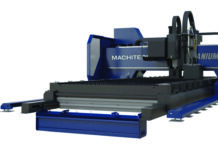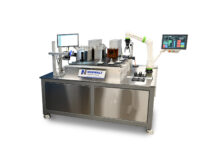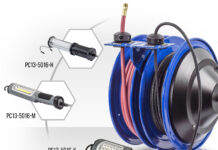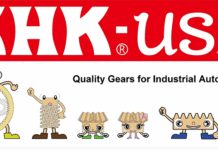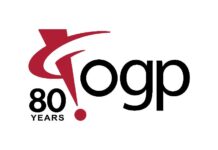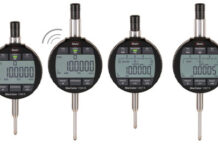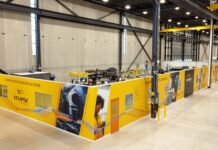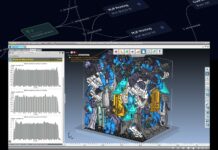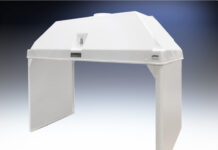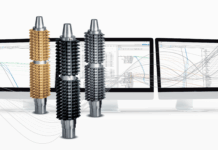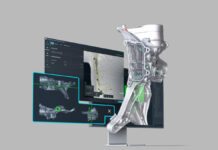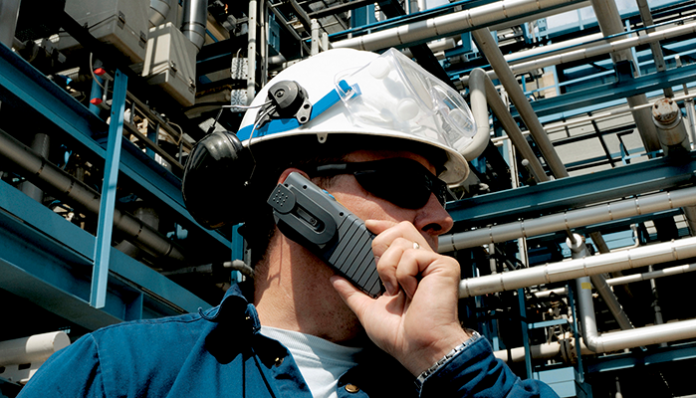By Michael J. Trainor, CMRP, SKF USA
When it comes to maintenance at any industrial plant, it’s best to have a plan, grounded in appropriate maintenance strategies. But which maintenance strategy will make sense for your site? More likely than not, a mix of strategies will be the way to go, since some systems and/or machines will be more critical than others from business and production perspectives.
So how can you determine the criticality of assets before implementing a maintenance strategy? The process begins by ranking and prioritizing assets, based on the business goals for each.
Business critical assets will be those whose failure would be considered intolerable and unacceptable, while the failure of relatively non-critical assets would have generally less impact for an operation. Ultimately, ranking the criticality of assets will lead to performing the right maintenance on the right equipment with the right resources for the right reasons – and at the right time.
Getting Started
Based on our own proprietary research, there’s an inherent distinction between business critical and non-critical assets. Our multi-year evaluation of thousands of types of assets at more than 100 customer facilities drives this point home and offers insights relevant for all operations.
This evaluation has found that on average, 35 percent of assets across industries can be classified as critical and 65 percent as non-critical (although variations occur within specific industries).
As a start for any facility in determining critical vs. non-critical machinery, qualitative methods can be employed to establish and rank equipment criticality at system and tag level without considering individual machine failures. This can be accomplished using a points-based system targeting severity and frequency of asset failures in safety, environment, and production to arrive at a relative criticality ranking.
In addition, a Reliability Centered Maintenance (RCM) process can be established as a core tool for the development of a maintenance strategy facility-wide. This process is often recommended for detecting and preventing asset failures where criticality is high and confidence in existing maintenance is low. As a result, RCM can be highly effective in preparing a road map of appropriate maintenance tasks, frequencies, and maintenance time and staff skills mix.
Once assets have been viewed either as business critical or non-critical, facilities then can decide how to handle them via a maintenance strategy.
Toolbox of Strategies
Several overall maintenance strategies, reactive, preventive, and predictive, historically have been part of the toolbox. The term reactive maintenance often will be used in place of the term breakdown maintenance, usually connoting an absence of any organized maintenance strategy and, therefore, inherently becoming a reactive process. Inevitably, most plants will be subject to some degree of breakdown maintenance.
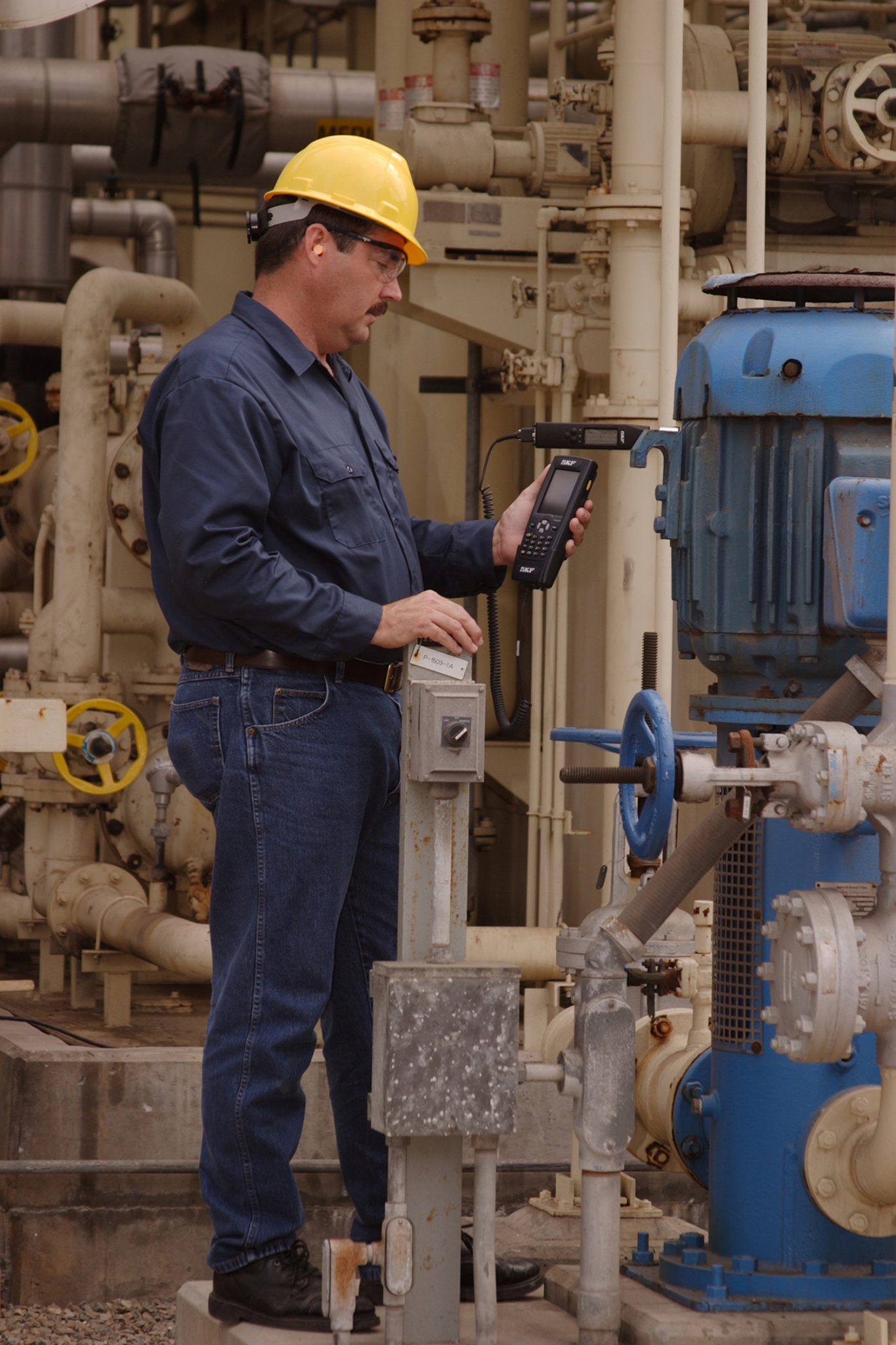 While breakdown maintenance may be an aspect of a reactive approach, however, the two are not synonymous. Reactive maintenance can reflect a conscious decision to adopt a Run-to-Failure approach for selected machines, at least for relatively non-critical assets with a low impact on failure risk and where the maintenance cost would exceed replacement cost.
While breakdown maintenance may be an aspect of a reactive approach, however, the two are not synonymous. Reactive maintenance can reflect a conscious decision to adopt a Run-to-Failure approach for selected machines, at least for relatively non-critical assets with a low impact on failure risk and where the maintenance cost would exceed replacement cost.
Preventive maintenance by its nature will be time-based, either according to the calendar or to hours run, and undertaken in the hope of avoiding machinery breakdowns. Time intervals for preventive maintenance will be determined by manufacturer’s recommendations, past operating history, and/or regulatory requirements.
Such planned maintenance schedules can help reduce failure risks in many cases, but the routines can present problems. The maintenance schedules often will require that machines performing satisfactorily be shut down for maintenance. Unfortunately, sometimes those machines will be returned to service in a “worse than before” condition, whether due to improper procedures or the use of old or inferior components when new, quality replacement parts are unavailable.
Predictive maintenance applies objective technology to quantify machine condition before failure modes can escalate. Changes in the operating conditions of equipment can help foretell when failure initially begins and whether conditions are worsening. Equipped with ample warning, operations can get ahead of the curve on problems and take proactive measures to prevent catastrophic machinery failure.
Technologies to detect developing machinery faults at an early stage include sensors and specialized devices to monitor various parameters, such as vibration, and analytical and data management software to capture, trend, diagnose, and report timely information on the operating conditions of assets. Then, remedial maintenance initiatives can be taken before it’s too late.
The Right Approach
Our evaluation of customer maintenance programs further provided a snapshot illustrating how industrial maintenance strategies have generally been applied, based on business goals and the resulting criticality of assets. Some 70 percent of the assets in our survey have since been assigned preventive maintenance tasks, 16 percent have been assigned predictive maintenance activities, and 13 percent have been allowed to Run-to-Failure.
How can your facility embark upon a practical maintenance program for the entire enterprise?
If there is not a compelling reason to regularly maintain a particular asset from a production and business perspective, then it can be appropriate to run the machine without maintenance attention until corrective maintenance is required.
For non-critical assets requiring some form of maintenance, relatively “simple” and cost-effective maintenance tasks can be selected and assigned. These tasks can include visual inspection, cleaning, lubrication checks, and minor adjustments when necessary, among others. Each task should be assigned a frequency and responsibility for implementation.
For critical assets, a predictive maintenance program usually will be recommended to head off potential problems and help keep equipment up and running as intended without interruption. The rollout should identify failure causes or symptoms for each asset, prescribe proactive tasks to mitigate these causes, and assign frequency and responsibility for oversight.
And help is always around the corner. One of the best courses of action at the outset in reaching business and maintenance objectives is to enlist the expertise of a provider fully equipped with the experience and technologies for the job. Such partnering can help chart a viable road map toward optimized maintenance at every level.
Michael J. Trainor, CMRP is Manager-Asset Reliability Consulting at SKF USA Inc. Tel: +1 484-886-6311. Email: Michael.J.Trainor@skf.com Website: www.skfusa.com




